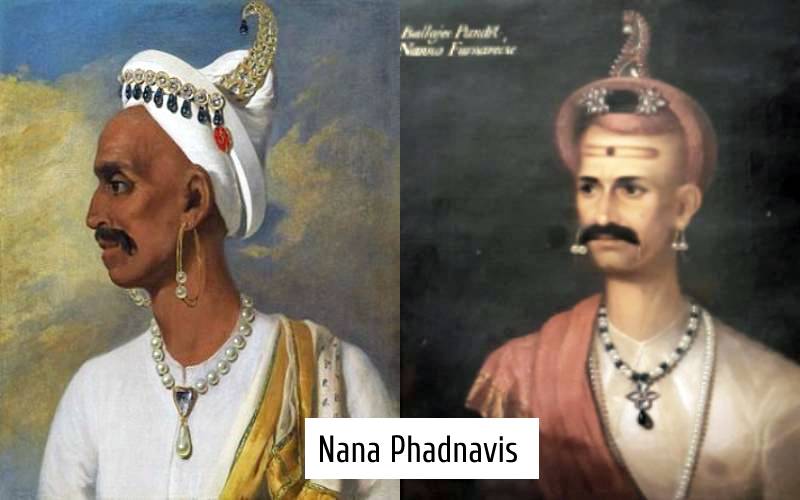
The First Republic was declared on January 30, 1774, by a group of Maratha leaders and they represented the ethos of the empire. This empire was quite huge, and it covered an area of about 2.8 million square kilometres at the time of this historic declaration. The Marathas had lost the critical Third Battle of Panipat in 1761 and this was followed by the passing away of the Peshwa Balaji Baji Rao. He was succeeded by his frail son, Madhav Rao. However, this Peshwa was smart, and he restored the honour of the Maratha Empire. He passed away in 1772.
Peshwa Madhav Rao had achieved much during this period, and he was followed by his younger brother, Narayan Rao. The young Narayan Rao was killed under the supervision of Raghoba (Raghunath Rao). He was the brother of Balaji Baji Rao and had spent all his life plotting against the Maratha Empire. The entire Maratha Empire was the dream of Chattrapati Shivaji Maharaj. The work of Shivaji was the first freedom struggle and this took place in the India of the seventeenth century. It was a dream of a united India where the Hindus got treated at par with others.
The most daring political experiment of pre-colonial Bharat originated from an unexpected court judgement by the Chief Justice of the Maratha Empire, Ram Shastri Prabhune (A Deshastha Rigvedi Brahmin). He became the principal protagonist by convicting Raghunath Rao on the fateful day when he was newly in harness. Ram Shastri (1726 - 1789) came to be known as Nyay Murti thereafter. It will be most appropriate to declare this day 31 October 1773 as the National Day of Justice.
Eminent author, Venkatesh Rangan, has brought out details pertaining to the story of this incident in his seminal book, ‘The First Republic.’ Balaji Janardhan Bhanu, popularly known as Nana Fadnavis (1742 - 1800) was responsible for preserving the Maratha Empire and making it into a national republic. He declared the Karbhari Sarkar (The rule of the executives) on 30 January 1774. This day should be celebrated as the day of the declaration of the First National Republic. The family of Nana had close links with the family of the Peshwas. Both the families had migrated together from the Konkan up the ghats to the Saswad area near Pune. Once the Bhat family became the hereditary Peshwas, the influence of the Bhanus (Family of Nana Fadnavis) increased. The well-connected Nana got multi-faceted education and his autobiography is an interesting record.
Nana had suffered a lot at the time when the Marathas had been defeated at Panipat in 1761. He had to face numerous trials and tribulations. The Afghans looted the country, and they did not spare the dead bodies too. The corpses were robbed of whatever was found on them. People were being cut to pieces by the Afghans and it was horror for the ones who survived the debacle. Nana had lost his mother and wife in the process. He felt weak and humiliated.

The frail Nana had to pretend to be a dead body in order to stay alive. The blood from the bodies of the corpses splattered on him. Somehow, he managed to get away. He happened to meet Thorale Madhav Rao, the teenager son of the Peshwa. Thorale Madhav Rao had become the apparent heir after the passing away of his elder brother Vishwas Rao at Panipat. Nana was asked to join service. Madhav Rao became the Peshwa in 1761 and wanted to restore the honour of the Peshwa once again. Therefore, he was in need of a person to look after the finances, management, and correspondence in the Empire. The new Peshwa was busy with his campaigns and therefore he appointed Nana Fadnavis as the key administrator.
The Peshwas had recommended Chattrapati Shahu to appoint the elders of Nana as part of the Ashtapradhaan (Council of Ministers) and the title that was bestowed to them was ‘Fadnavis.’ Nana had inherited his name from his grandfather, Balaji Mahadji Bhanu, who was treated like an extended family by the Peshwa. Therefore, he received the same treatment like Vishwas Rao, Madhav Rao and Narayan Rao.

Nana used his skills in the interest of the Empire, and it grew strong day after day. He had worked under Madhav Rao for 11 years and also worked under his younger brother Narayan Rao. Raghoba, Narayan Rao’s uncle, got him killed. Nana Fadnavis did much to save the wife of Narayan Rao, Gangabai and the posthumously born Madhav Rao II was also known as Sawai Madhav Rao. The conviction of Raghunath Rao (Raghoba) by Ram Shastri necessitated the creation of the Barbhai Council. The ‘Narayanrao Peshwayanchi Bhakar’ of the late 18th century is the most historical record on the formation of the First Republic.
The Bharbhai Council included Nana Fadnavis, Triambakrao Pethe, Haripant Tatya, Naro Appaji, Apaji Balwant, Anandrao Panse, Baburao Keshav, Krishnaji Bahirao Thate, Khasgiwale (Anand Rao Jiwaji), Apaji Purandare. Historians wonder why there are just 11 names in the Barbhai list, for it meant 12 people. Perhaps Sakahram did not receive enough number of popular votes, to be part of this group. Therefore, it was probably a 11 plus 1 which made 12. The Milk Rice Oath strengthened their bonds and loyalty to the Republic.
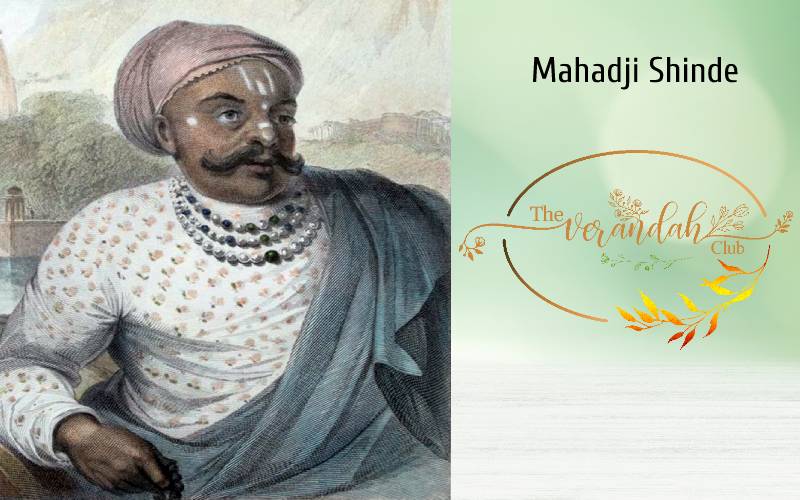
The Maratha Empire straddled the sub-continent and Nana used his skills to keep the East India Company at bay for a few decades. He displayed his warfare skills in various wars and battles were won by the Marathas against the Nizam of Hyderabad, Hyder Ali, Tipu Sultan and the English army. The First Anglo-Maratha War ended with a victory for the Marathas. Nana had declared the Karbhari Sarkar with representations from the entire society and this sarkar managed the affairs of the Empire. Mahadji Shinde took care of the northern military campaigns, and he formed an excellent team with Nana. The team continued in spite of the several differences of opinions, plots and subplots. Punyashlokh Devi Ahilya Bai Holkar (1725 - 1795) gave her moral support to the Karbhari Sarkar.
The passing away of Mahadji Shinde made life difficult for Nana. He was imprisoned towards the end of his career because of the confusions created by a number of people including Daulat Rao Shinde and Baji Rao II (Peshwa). However, after he was released, he passed away in 1800.
Bhavan Rao Trymbak Pant Pratinidhi of Aundh and Ragunath Ghanshyam Mantri (Satara) had bestowed the village Menavali to Nana in December 1768. Nana built a Wada (A mansion with inner courtyards) for himself. A ghat leading to the River Krishna and two temples dedicated to Lord Vishnu & Lord Meneshwar (Shiva) were part of the establishment. The architectural combination of a wada type residence, a ghat and a water body along with a temple or two was typical of the Peshwa times. The Menavali Palace has six quadrangles and a perimeter protection wall. The ghats had been simple but they evolved into an elaborate arrangement with terrace, separate areas for activities like bathing, washing, water-filling and religious-rites.
The room of Nana was paved with cow dung and clay. Only one person could go to his darbar and a bedroom was attached to this hall. Only one person could enter at a time for the stairs were narrow. One concealed stairway would lead to the ghats on River Krishna. Several movies have been shot in this wada. Well, now let us go back to the Milk Rice Oath taken by the members of the Karbhari Sarkar.
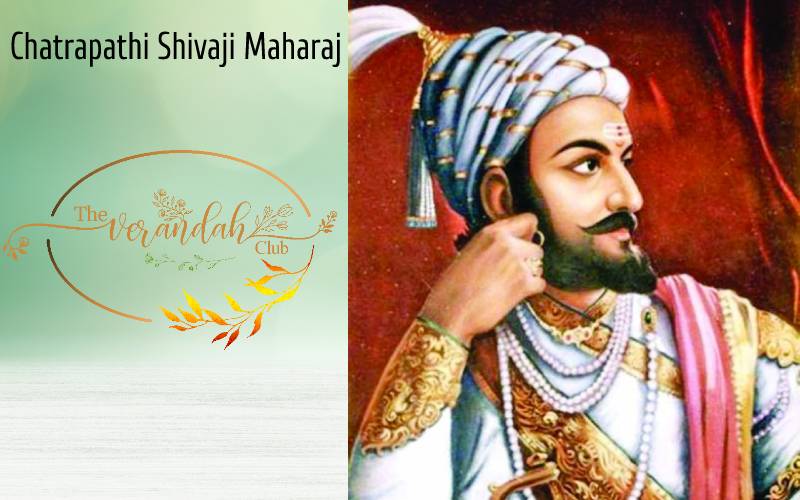
Nana Phadnis did his best in the interest of the Maratha Empire, and he ensured that this empire was most powerful in the India of his times. Some historians are unfair to the Marathas and Nana Fadnavis. They call this an era of confusion, and that Nana was a plotter. But the extensive records preserved the Marathas show otherwise. The vast modi script records tell us another story that the Europeans have been unfair to the statesman who had selflessly created the first republic in India.
Nana Fadnavis and his team managed to keep the Peshwa, Chattrapati at Satara, the alternate in Kolhapur as constitutional heads. Due credit has to be given to Mahadji Shinde for his tireless role in the vast number of campaigns. He had spent decades of his life in the interest of an empire which represented the dream of Chattrapati Shivaji Maharaj. Mahadji Shinde has been aptly named as the greatest warrior of 18th century India.
Along with Nana Fadnavis and others, Mahadji had modernized the army. Many of the strategies and arms used were the best in the world and were known to have been used for the first time globally. The cream in the milk was when Nana Fadnavis ensured the transfer of power from the Mughal Empire Shah Alam (1728 - 1806) on 1 December 1784 to the Marathas. This day can be declared as the First Indian Independence Day. India had been under foreign rule since 1192 A. D., when Mohammed of Ghori had defeated Prithviraj Chauhan in the Second Battle of Tarain. This was reversed by the Karbhari Sarkar of the Marathas on 1 December 1784.
Nana Fadnavis and his teammates had been elected democratically by the popular families and they managed the Maratha Empire in a democratic manner. The first republic had an independent judiciary, police department, redressal and grievance addressing system, military, administrative heads, and full-fledged finance department. The most important bit is connected with the huge volume of records.
The Marathas were masters when it came to documentation, communication and maintenance of records. Unfortunately, the historians who stood on judgement have not accessed much of the records. Additionally, they seemed to have suffered from a bias towards Indian information systems. Ideological issues have added to this haphazard approach. This puzzle has been solved due to research of a few Indic authors like Venkatesh Rangan. Research throws a lot of light on the happenings of the past when the Karbhari Sarkar ruled the roost and how India thrived during those historic years.
Our greatest tribute to the statesman, Nana Fadnavis, can be made by celebrating the following historic days,
30 January as the day of the declaration of the First National Republic.
31 October as the National Day of Justice.
1 December as the First Independence Day.
Let us make this a reality!
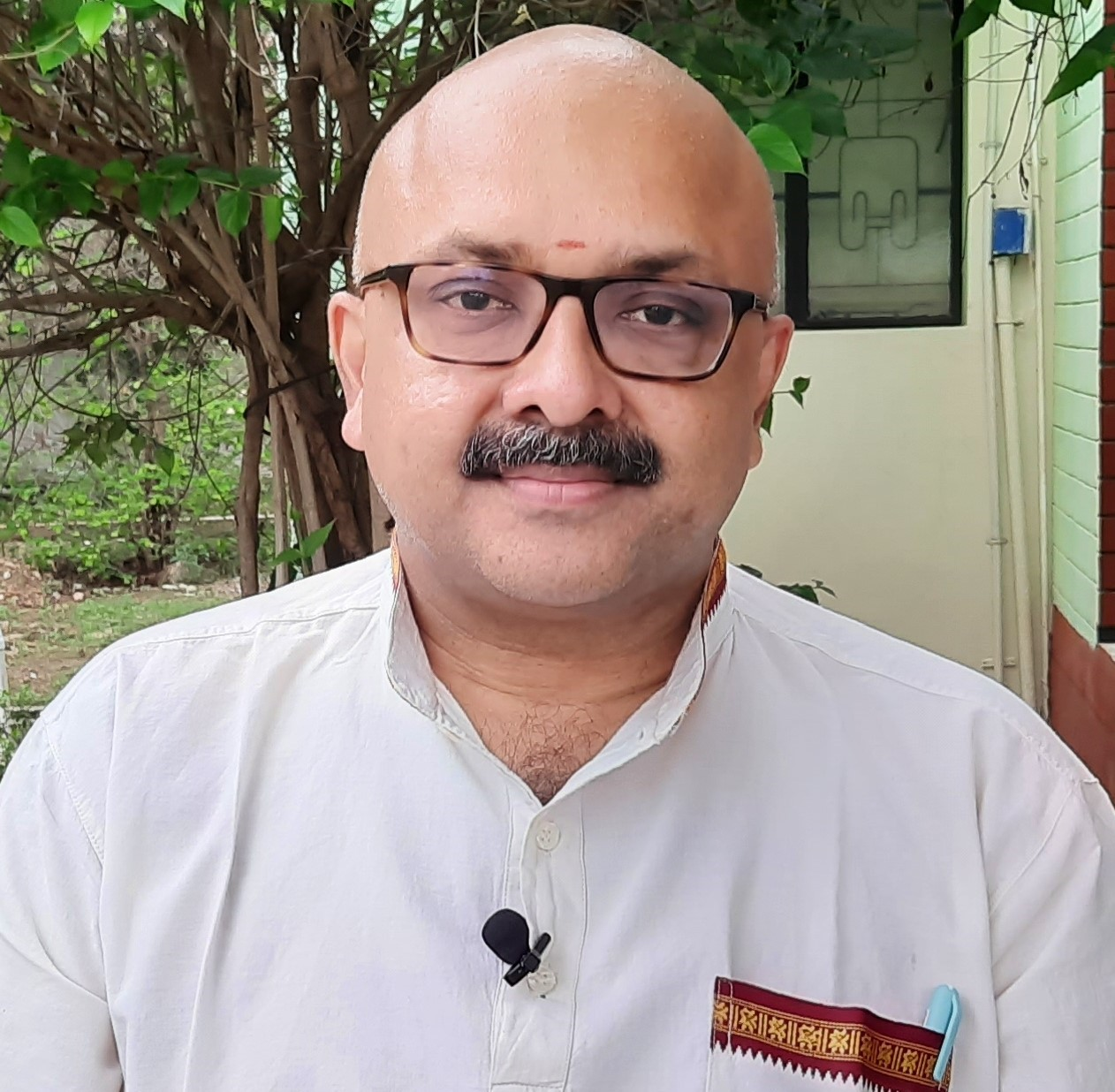
Mr. Rajesh Govindarajulu is one of the founding members of the Verandah Club Pvt. Ltd. He is a leading columnist, historian, jeweler, entrepreneur, and a heritage enthusiast who is earnestly working to revive the past in the light of the present. Experiential learning about the history of Coimbatore is his main course of interest and he is also a panel member of many colleges in the city.
NEXT ARTICLE
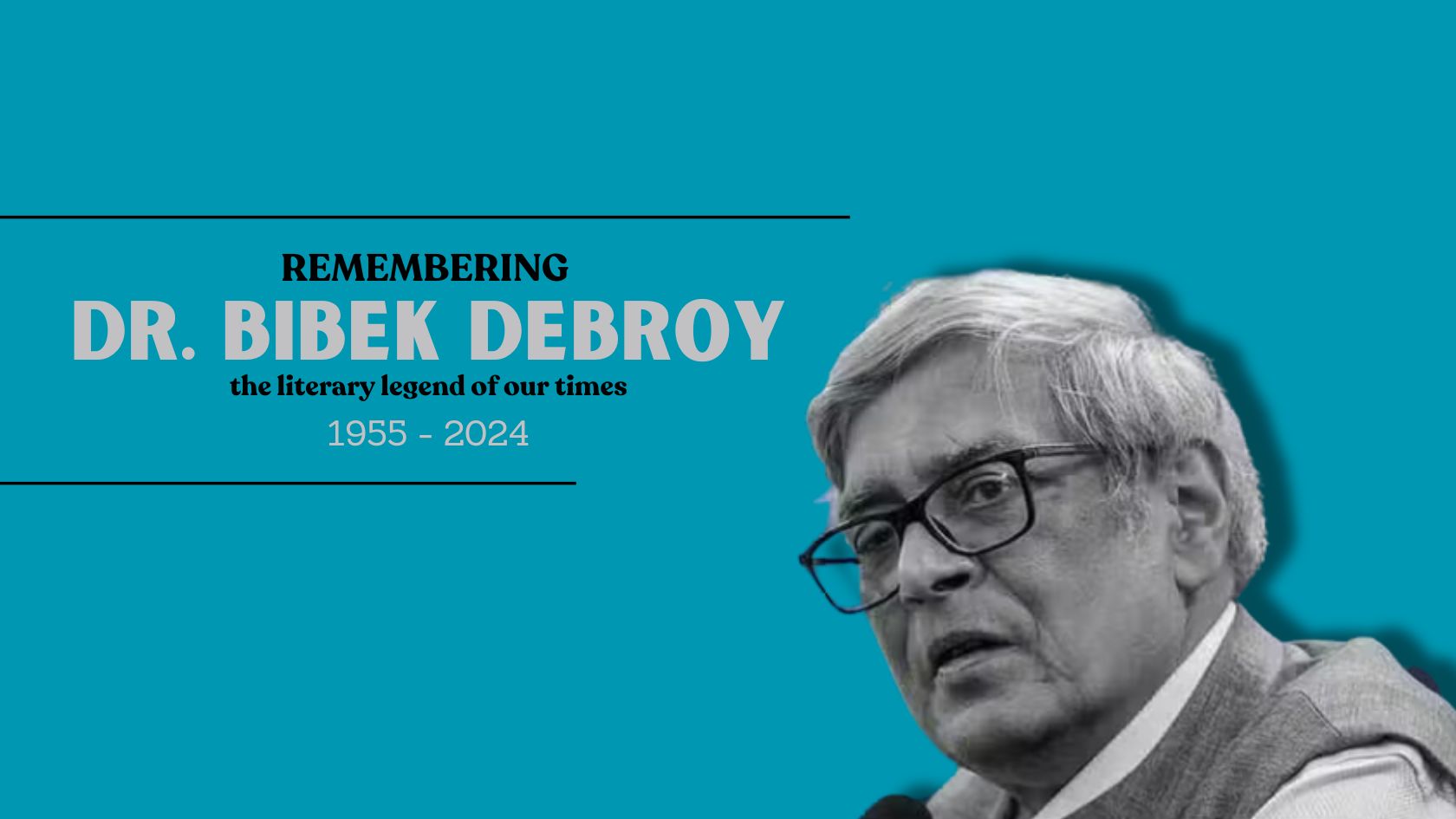
All authors who write about the Mahabharata have to read its unabridged version. The most popular unabridged translation used to be the one by Kisari...
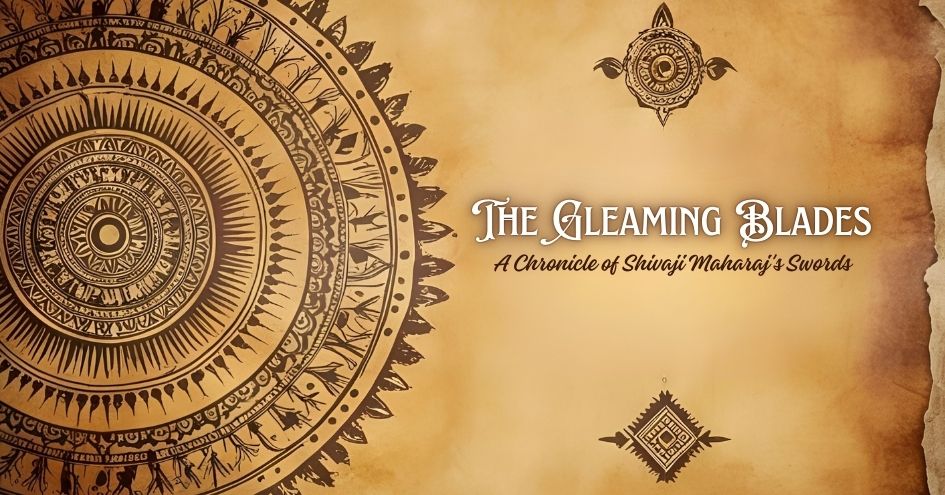
In the annals of Bharat Varsh, amidst the swirling mists of time and legacy, emerges the figure of Chhatrapati Shivaji Maharaj, a warrior whose name e...